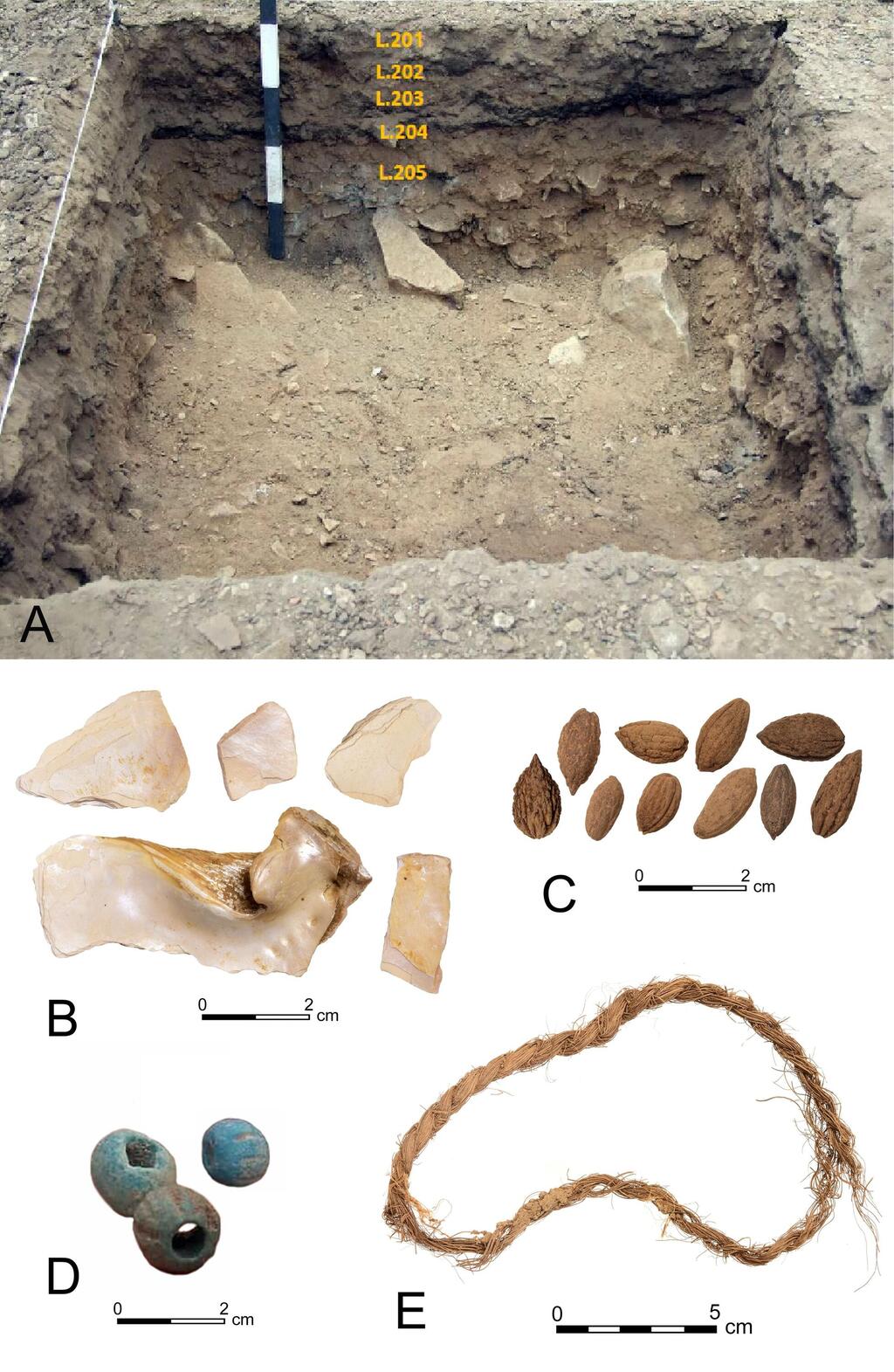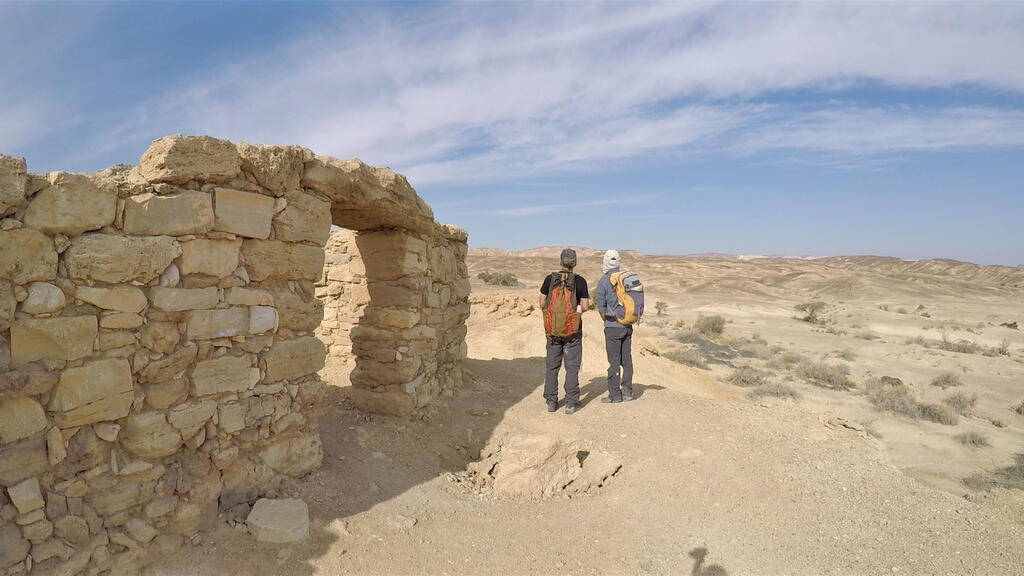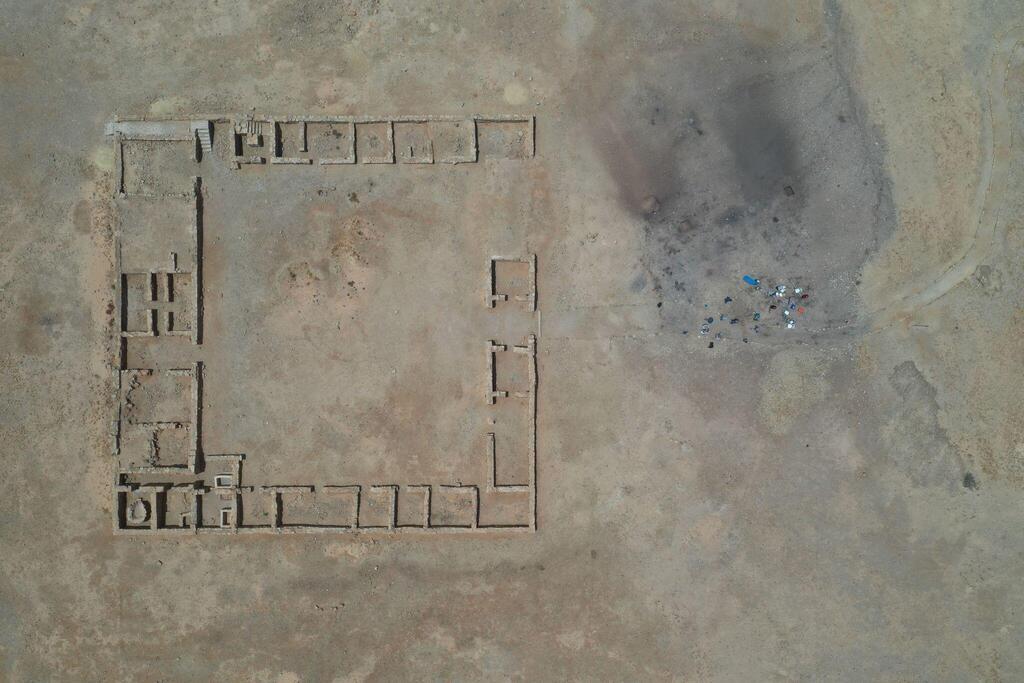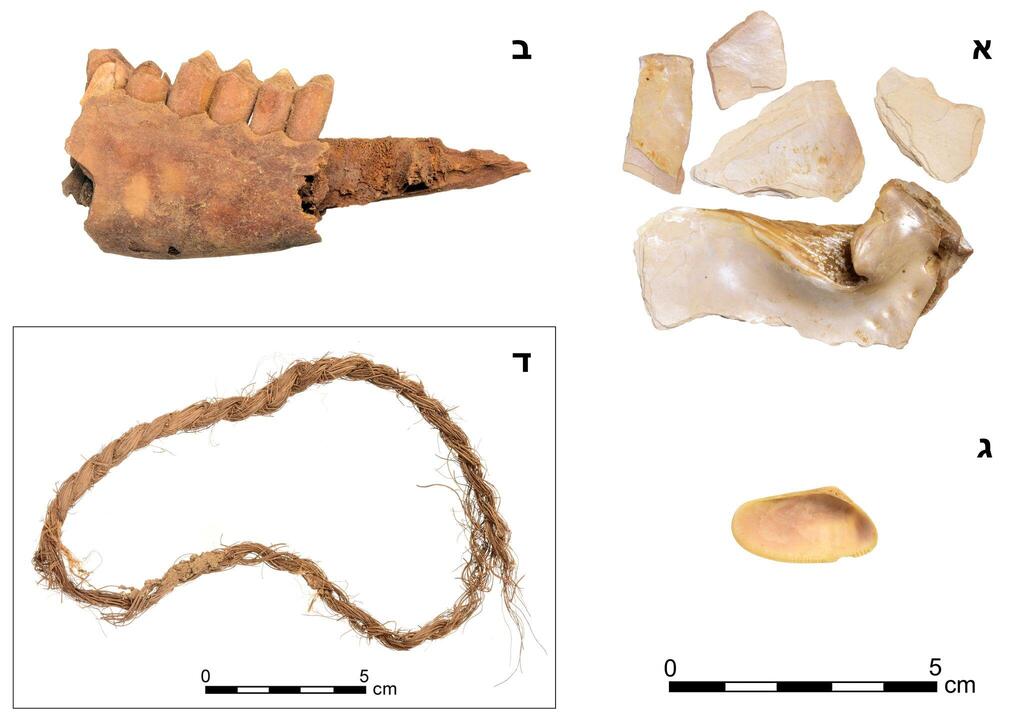Getting your Trinity Audio player ready...
A new Israeli archeological research sheds light on the Incense Trade Route by analyzing garbage that accumulated along the ancient network of trading routes.
The Nabataean–Roman ancient trading route connected "the Mediterranean world with eastern and southern sources of incense, spices and other luxury goods, stretching from the Levant and Egypt through Northeastern Africa and Arabia to India and beyond".
Professor of archaeology at the University of Haifa, Guy Bar-Oz, who heads the study that excavated the ancient rubbish which had accumulated at rest stations along the route, says the research helps unveil new information about the trade route.
"When examining the trade composition, three main trends are recognized: international trade with a central route to South East Asia; international trade that connected between sea sources - especially between the Red Sea and the Mediterranean Sea; and local trade that acted as an 'economic belt' of the route and provided raw material and food for the merchants along the route."
The Incense Trade Route prospered between the years of 300 BCE to 300 AD, and became known due to its array of spices and incenses that were transported through it from South East Asia, through the Arab deserts, and all the way till the Mediterranean ports.
A major avenue of the route passed through the area of Petra in Jordan, then through the Ramon Crater, and the Negev mountains to the Gaza port.
Historical records show that the transported luxury goods from the East included cinnamon, black pepper, vanilla, cumin, turmeric, and ginger.
Remains of these goods have been uncovered in recent years throughout archeological sites, many of which are located in Israel. Chemical analysis showed reserves of cinnamon remain in Tel Dor, reserves of vanilla have been discovered in Jerusalem, and remains of turmeric were found in teeth of a human buried in Megido.
The new research project - led by Professor Bar-Oz, PhD student Roy Galili from Ben Gurion University, Daniel Fuks, Tali Erickson-Gini, Yotam Tepper, Nofar Shamir and Gideon Avni - aimed to focus on locating the raw materials that had been transported their journey. The route infrastructure, the means by which people walked or rode between road stations (caravanserais), the size of caravan trains, and the remains traders left at the stations along the roads were the focal points of the team's project.
To address these questions, the researchers pursued a strategy involving targeted, small-scale excavations at ancient middens or garbage dumps at caravanserai along the Petra–Gaza section of the route.
The Negev section of this route includes two caravanserais founded in the Early Roman period: Orhan-Mor, one day’s journey (32km) away, and Sha’ar-Ramon on the eastern edge of the Ramon Crater.
Rubbish deposits, rich in ash and organic remains, located on the outskirts of the archeological sites, enabled the researchers to illuminate aspects of the organization of desert trade, with wide implications for other ancient trade routes.
The findings of the study showed that the transports included local goods as well, such as fish and shellfish, attesting to a high demand for such food and to the sophisticated trade network that facilitated the transport of perishable aquatic products to distant provinces.
The finds represent the subsistence economy of the site, as well as the cultural influences and trade in goods of both eastern and western origins.
The study's results indicate that the caravans moving along this section of the Incense Trade Route between Petra and Oboda were self-sufficient and carried with them some of these foodstuffs, as is known from comparable historical networks.
Professor Bar-Oz claimed the findings shine light on ancient globalization processes. "The findings reflect the beginning of globalization processes in the ancient world, and especially the unique importance of the Middle East and desert region," added the researchers.





